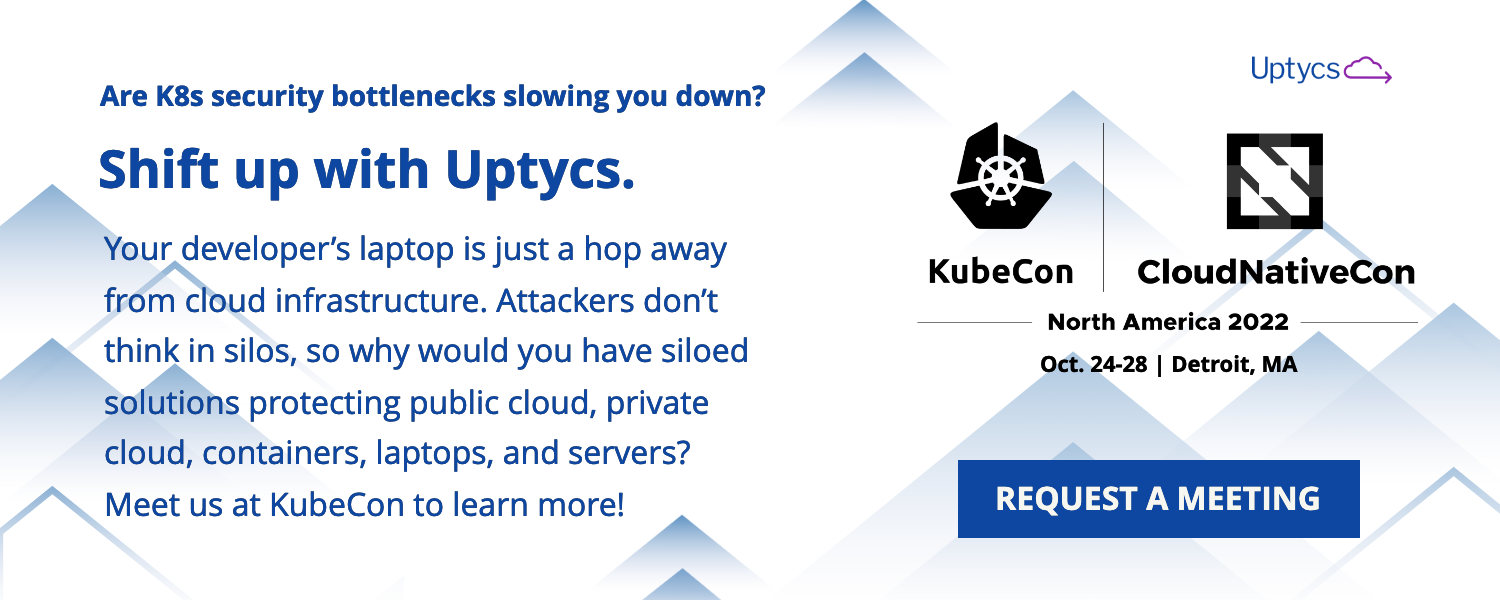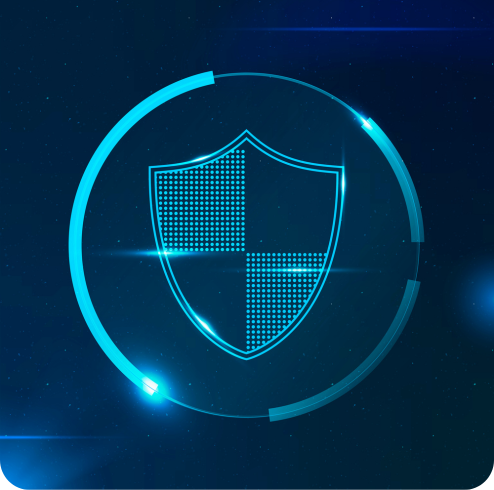Defined by the state of an organization's security and how well it is able to predict, prevent, and respond to emerging threats, risk posture is a measurement of overall defense against cybersecurity attacks.
Comprised of the management and strategy of protecting software, hardware, networks, services, and information, an organization’s risk posture is a direct correlation to the propensity of its potential security threats.
Maintaining an updated gauge on the state of an organization's security is imperative to ensuring the enablement of an adaptive, agile, responsive, and evolving security infrastructure.
Steps to Building a Robust Risk Posture
When building a robust risk posture, you’ll need to:
- Identify assets - The first step in the process is identifying your assets. In other words, you need to define what you want to protect. To do this, you’ll need to identify and inventory all your IT assets including your systems, data, applications, users, and business processes.
- Identify risks to your assets - Once you’ve identified your assets, you’ll need to conduct a risk assessment to understand the risks these assets face. During this process, you’ll identify the risks relating to each asset, the likelihood of the risk materializing, the possible attack vectors, and the impact an attack would have on your business.
- Document security controls - With the above in mind, the next step in building your security posture is documenting all the security controls you have in place to protect and reduce the risk relating to each asset.
- Be realistic about who will be targeted - Once you’ve documented your assets and security controls, you’ll need to identify those persons who are more likely to be targeted. This is simply because the human element is often thought of as the weakest link in the cybersecurity chain. After all, people on your team can be influenced by social engineering or phishing attacks to divulge sensitive information, which could make your system vulnerable to attack.
- Establish responsibility - Employees often think that the responsibility for data security lies with your IT team. However, it’s vital that your team understands that data security is the responsibility of every team member and the responsibility for prioritizing it lies with management. As such, you’ll need to establish responsibility across your entire business.
What Is a Risk Posture Assessment?
While risk posture indicates your readiness to predict, prevent, and respond to cybersecurity assessment, a risk posture assessment, or risk assessment, is the process of evaluating your organization’s overall threat posture. As such, it involves identifying, analyzing, and evaluating your risks through a security risk assessment to, ultimately, strengthen and secure your data, hardware, software, network, and services.
The Importance of Risk Assessment
Risk assessment is vital in protecting your business against the risks of data loss and breaches and their consequences. This is because it enables you to gain insights into your business’ cybersecurity posture, the measures and strategies you’ve implemented, your vulnerabilities, and where any shortcomings are present.
With these insights, you’ll then learn of any risks across your business, including your networks, applications, users, and devices, enabling you to align with a robust cybersecurity framework to address vulnerabilities effectively. Based on these risks, you’ll be able to see what you’re doing to protect your business against these risks and what you can do to improve.
Risk Posture Best Practices
We’ve now had an overview of what risk posture is and how you can build a robust risk posture for your business. Let’s now look at some best practices you can implement when you do.
1. Inventory All Assets
As mentioned earlier, it’s crucial that you identify and inventory all your IT assets. It’s the only way in which you’ll know where your risks are and, as such, forms the foundation upon which the remainder of your risk posture is built. During this process, you’ll identify all your networks, systems, applications, and users and their relationships with each other.
2. Create a Cybersecurity Framework
For a robust threat posture and risk posture management approach, it’s crucial that you create a cybersecurity framework that aligns all your security measures, strategies, and requirements with the goals and objectives of your business.
3. Perform a Risk Assessment
Another best practice is to perform an extensive cybersecurity risk assessment to uncover and address potential vulnerabilities. This risk assessment, as mentioned earlier, allows you to identify all the risks and vulnerabilities across all your assets and your entire business, thereby strengthening your threat posture.
Ultimately, with the insights you gain from a risk assessment, you’ll be able to determine what you need to do and what strategies you need to implement to improve your risk posture and protect your business from any possible effects.
4. Prioritize Risk
While a risk assessment can show you what you need to do to improve your risk posture, the question is: Where do you start? Here, the answer is prioritizing your risks based on their importance. In other words, you should rank your business’ risks based on the risk they pose to the business and what effect they will have on the business if they materialize. In this way, you’ll decide what to work on first.
5. Implement Automated Security Tools
An important best practice when it comes to implementing security measures and controls is to use automated security tools. This is simply because these tools allow you to respond to any threats faster. As such, you’ll be able to eliminate attacks before they happen or, when they do, limit the damage after the fact.
6. Disseminate Comprehensive Security Tools
We’ve already mentioned that security is the responsibility of every team member across your entire business. To ensure that team members understand their responsibilities and that cybersecurity becomes part of your business’ culture, you should distribute extensive security policies and procedures to every employee.
In this way, you’ll ensure that the security responsibility becomes part of every team member’s job.
7. Control Administrative Access Privileges
To ensure a robust risk posture, it’s vital that you only give administrative access privileges to a small group of team members. If you don’t, you’ll increase your risks and vulnerabilities significantly, which, in turn, could have disastrous consequences.
8. Track Security Metrics & Evaluate Security of a Network With Attack Simulations
It’s simple, you can’t improve something if you don’t measure it. So, to create an effective and robust security posture assessment, you should consistently measure and track security metrics. This will enable you to accurately measure the effectiveness of your cybersecurity measures and strategies and learn where you can improve and limit future risks.
Here, another best practice is to evaluate your security with attack simulations. These simulations will highlight any security vulnerabilities, help you eliminate them, and enhance your overall threat posture, making your organization more resilient against emerging threats.
Uptycs & Comprehensive Risk Posture
As organizations continue to qualify and evaluate risk of their infrastructure, the ability to both proactively and reactively maintain a comprehensive cyber risk management stance through the encyclopedic depth of vulnerability detection and elaborate tooling that Uptycs enables remains an unparalleled asset.
The webinar below breaks down CNAPP, and the invaluable breadth of observability, meantime to remediation, risk awareness, and strategy the unification of CSPM, CWPP, CIEM, and KSPM tooling provides.









